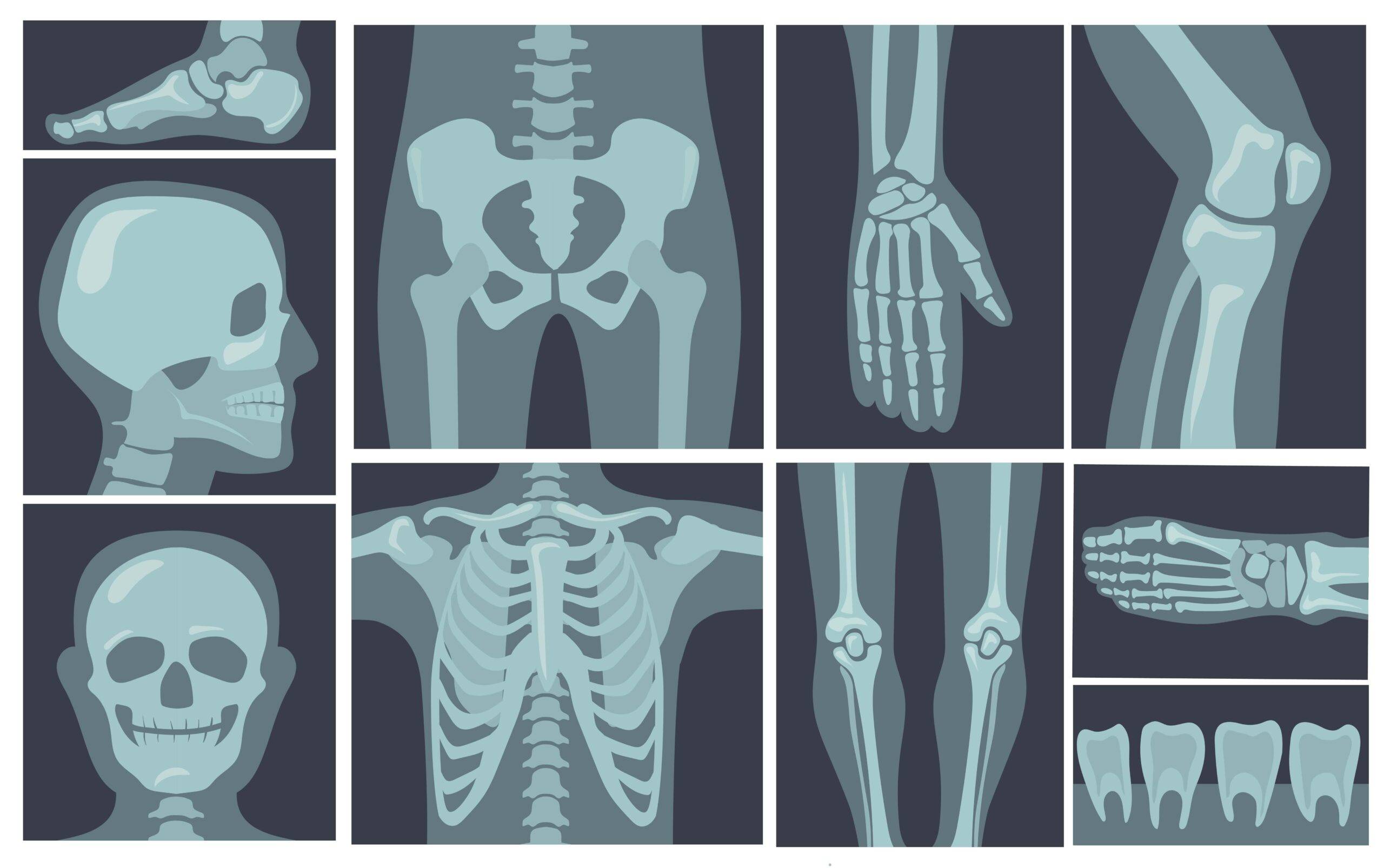Many couples suffer from infertility problems, especially because of the age at which they decide to seek pregnancyIn the women's department, we evaluate our patients and provide them with all the information and together we choose one option or another, either IVF depending on the characteristics of the couple and the recommended treatment to achieve …
Many couples suffer from infertility problems, especially because of the age at which they decide to seek pregnancy
In the women’s department, we evaluate our patients and provide them with all the information and together we choose one option or another, either IVF depending on the characteristics of the couple and the recommended treatment to achieve pregnancy
What is artificial insemination?
IVF is a simple and quick fertility method, indicated in young women with good ovarian reserve and a short sterilization period of up to a year or a year and a half.
We started with ovarian stimulation hormone therapy under strict medical supervision Then, to facilitate pregnancy, during the ovulation period, we deposit the selected sperm into the woman’s uterusIn this way, we reduce the distance between the egg and the sperm and facilitate fertilization and thus increase the chances of conception.Insemination is a process we perform in a gynecological consultation, it is a painless process (like a gynecological examination), after 15 minutes of rest, our patient leaves the center and, if desired, can lead a normal lifeTwo weeks after the vaccination, we do a pregnancy test using a blood or urine test
What is In Vitro Fertilization (IVF)
In vitro fertilization, the main treatment when other assisted reproductive technologies do not work, consists of combining the egg with sperm in the laboratory, and transferring the selected embryo into the mother’s uterus
The stages of in vitro fertilization are as follows:
We do hormonal stimulation of the ovaries to obtain good quality eggs.In the operating room, under sedation, we retrieve the eggs using a very fine needle guided by transvaginal ultrasound. After an hour or two of rest, our patients can go home, and the next day, they can go on with their normal lives.After 4 to 6 hours, we move in the laboratory to fertilize the selected eggsBetween 3 and 5 days later, the selected fetus is transferred through the vagina to the mother’s uterus in a process that takes a few minutes and does not require anesthesia.A week later, our psychologist took a phone call to discuss relaxation guidelinesIn the past two weeks, the patient takes a test to see if pregnancy has occurredIt is very important to highlight whether pregnancy is achieved this first time or not, the remaining unused embryos are vitrified (preserved at -196 °C) so that, if the couple wishes, they can be transferred in a later cycle or in the future. Later, when they want to use it for a new pregnancy.













